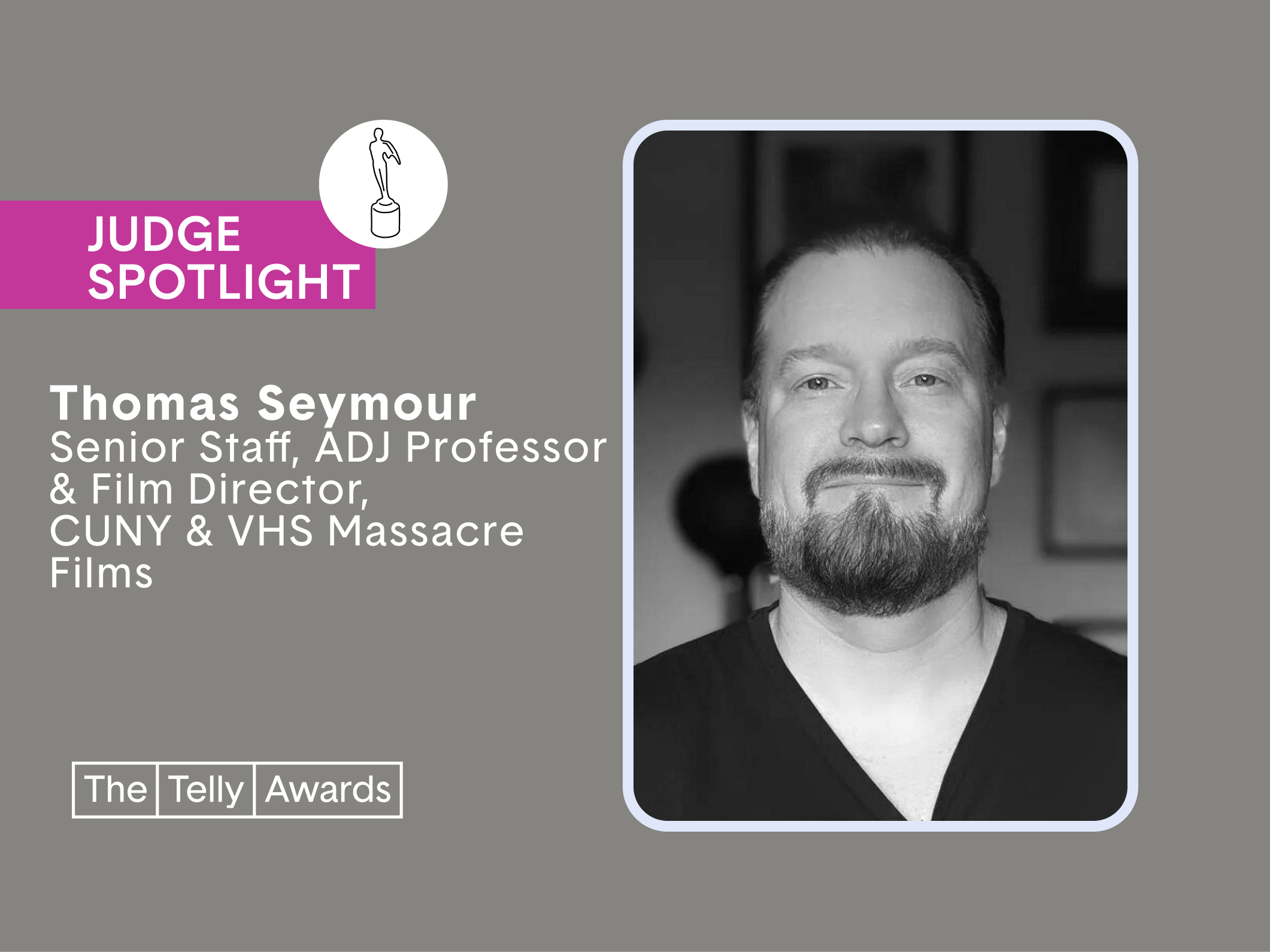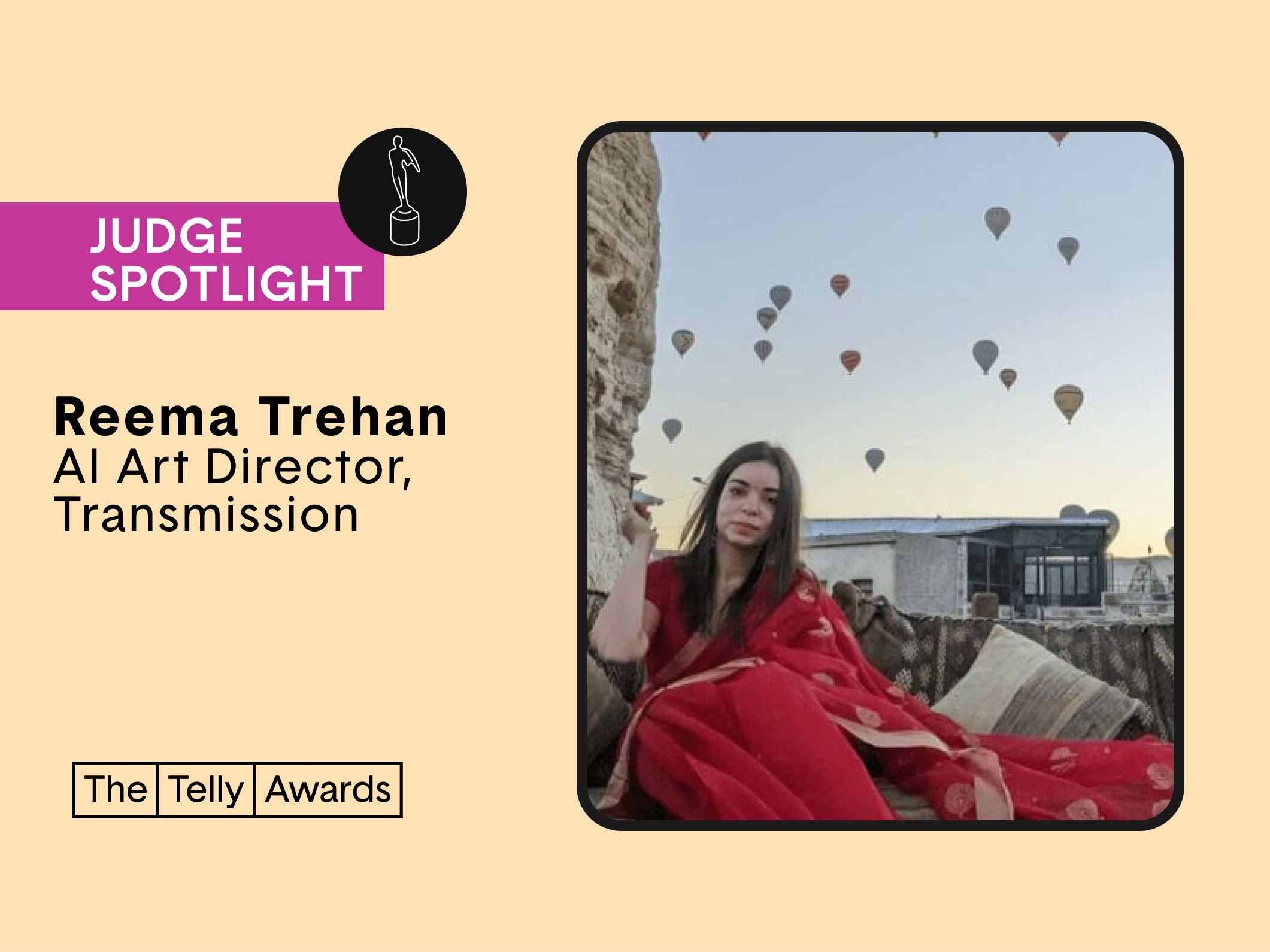With over 20 years in animation and post-production, Patrick Salter is the founder and creative lead of Studio Pancho—a Melbourne-based motion studio known for creating bold, design-led campaigns that cut through.
His work spans high-end animation, editing, and storytelling across some of Australia’s most recognizable government and commercial campaigns.
From public health and road safety to FMCG and broadcast, Patrick brings a sharp eye for detail and a deep understanding of how to turn complex ideas into clear, compelling visuals.
Before launching Pancho in 2014, he held senior roles in television, advertising, and branded content—always with a focus on craft, clarity, and creative impact.
How many years have you been a judge?
This is my first year!
What excited you about judging for the Telly Awards?
I jumped at the chance to judge the Telly Awards – it’s always inspiring to see how other creatives are tackling briefs, building brands, and turning constraints into standout work.
There’s so much happening at the intersection of storytelling and design right now, and judging gives you a front-row seat to it all.
What was your first job in the industry? What did it teach you?
My first job was as a tape operator in a post-production facility—not the most glamorous start, and definitely freezing at times, but incredibly valuable. It taught me the importance of accuracy, timing, and solid workflows. More than that, it gave me a front-row seat to the craft—sitting in with editors, watching client sessions unfold, and understanding the ins and outs of mastering. It laid a strong foundation for everything that came after.
What’s the most challenging part about your job and/or the industry?
One of the biggest challenges right now is navigating constant disruption—particularly around AI, automation, and changing client expectations. There’s huge potential in the tools, but also a lot of noise. The pressure to move faster and cheaper is real, but great creative still takes thinking, craft, and collaboration.
The challenge is cutting through the hype, keeping your standards high, and showing the value of idea-led and well-executed work, especially when everything’s shifting so fast.
What do you look for to determine excellence in video?
For me, it’s the balance of craft and clarity. Strong creative direction, smart pacing, considered sound design—all of that matters.
But it also needs to serve the message. The best work elevates the story rather than overwhelming it. It’s intentional, well-executed, and connects with its audience in the right way.
What are your current roles and responsibilities and what do you love most about your job?
What I love most about my job is the mix of creativity and problem-solving—taking complex ideas and turning them into clear, engaging visuals.
I get to collaborate with talented people, push new techniques, and see our work make an impact, whether it’s a government job or a global brand launch.
Do you have any specific practices you lean on to spark creativity?
I lean on constraints. A deadline, a budget, a tricky message—those limitations usually sharpen the thinking. When things get stuck, I’ll shift the medium or change the pace. Often the best ideas come when you stop forcing them. Inspiration’s everywhere—you just have to stay open to it.
What inspired you to pursue your career path?
I’ve always had a passion for graphic design—but once I realized I could make still frames move, that was the clincher. Motion brought a whole new level of expression and storytelling. It felt more alive, more exciting, and way more powerful than a single frame. From that point on, I was hooked!
In your experience, what is a significant change you are seeing happen in the video, television, and/or film industry, and what insight can you share about how to navigate it?
One of the biggest shifts I’ve seen is how democratized the tools have become—but that also means the playing field is noisier than ever. There’s no shortage of content out there. The real challenge now is how you cut through it, how you find something original that actually lands.
For me, the answer hasn’t been waiting for someone else to crack it—it’s been about putting in the work. Testing new approaches, building better workflows, staying curious, and backing ideas that feel honest. The breakthroughs don’t come from shortcuts—they come from staying in the process long enough to find something worth saying, and saying it in a way that sticks.





